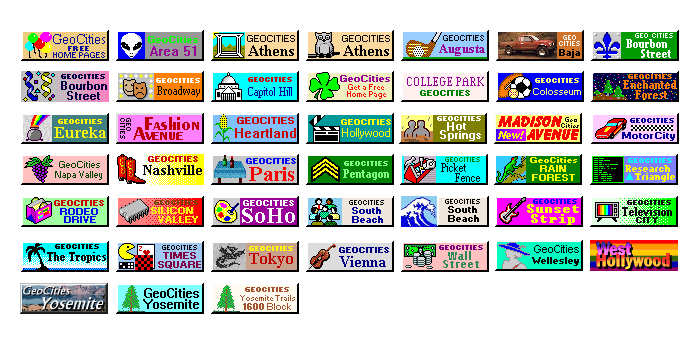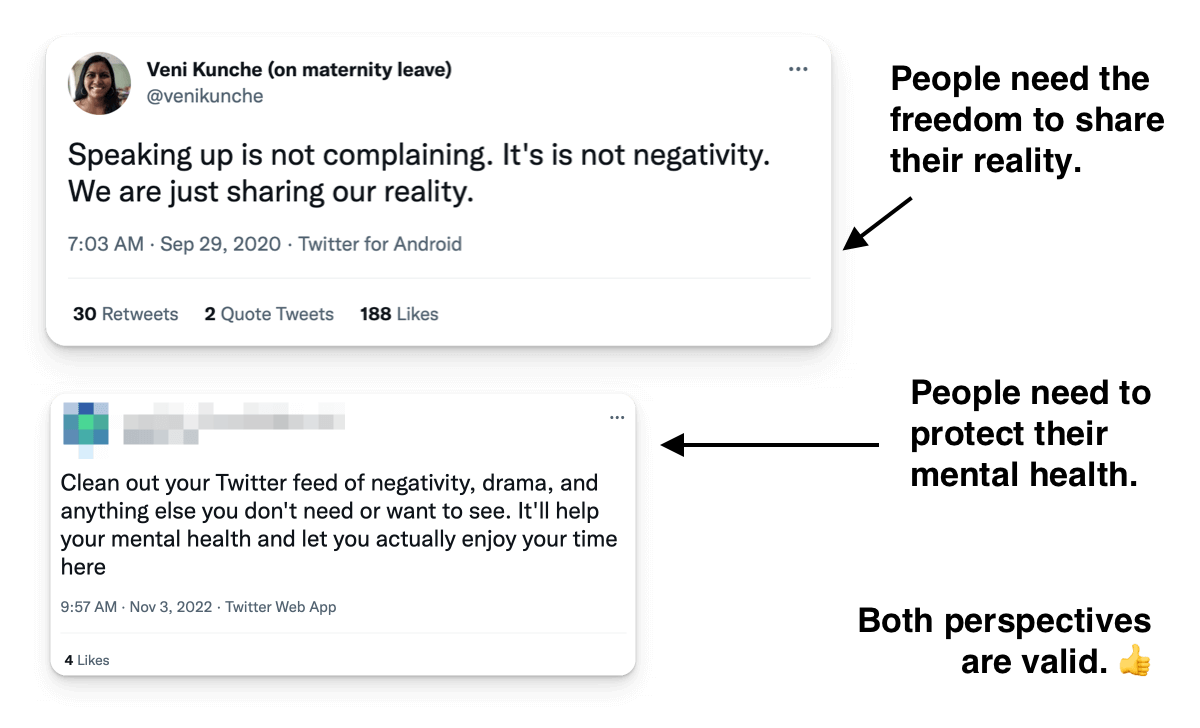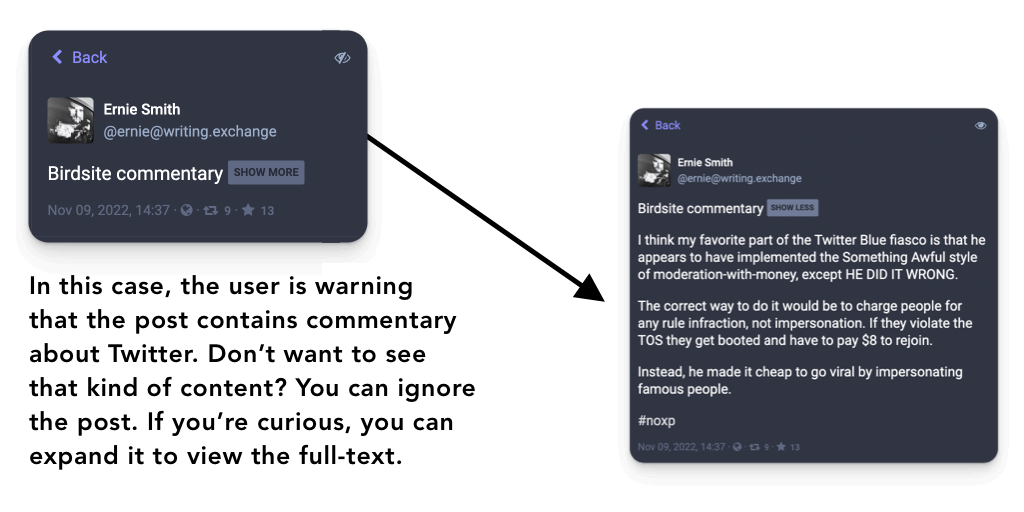How to use Mastodon: a beginner's guide
I've been trying out Mastodon. People bill it as a "Twitter alternative." While there are some similarities, it's definitely its own thing.
"Mastodon is great I like it more and more each day. It's not Twitter. I realize that more and more each day. It's a different experience. For some here, it'll suck for you. For others, it'll be way better."
How to join Mastodon
If you want to try out Mastodon, you'll need to join an instance.
I recommend one of these:
(I'm on mastodon.social/ but it's become much slower with all the new people joining).
Best apps for Mastodon
I know quite a few folks who tried Mastodon but didn't like the UX of the default web/mobile apps.Thankfully, developers are building new iOS, Android, and web apps that will improve your overall Mastodon experience.
You can watch my full review ("Best apps for Mastodon") here on YouTube:
How Mastodon works
Unlike Twitter, people run their own instances/servers (like mastodon.social or indiehackers.social). When you join an instance, your username gets associated with that server. Here's mine:
It's similar to an email ([email protected], [email protected], etc).
You can still follow people on different servers (you find them in search), and see their posts.
Each instance is run by volunteers, who pay for the server costs and do moderation.
You don't have to stress too much about which instance you choose.
Overall, I'm digging it.
It feels like the early internet (BBS, FidoNet, UseNet, Geocities, message boards). Joining a Mastodon instance is kind of like joining a Geocities "neighborhood" back in the day:
Content warnings on Mastodon
Mastodon has a feature for posts called "Content Warnings."
Mike McHargue explains it here:
"Content Warnings are a kindness. If you're part of the #twittermigration, it may seem strange the people use CWs so much here. But, CWs are really helpful. So much of our world is overwhelming, and feed presentation can bombard our nervous systems with triggers. CWs give people time and space to engage with that they have the resources to engage with. It gives them agency. I follow news and politics AND it's helpful for my PTSD to have the chance to take a deep breath *before* I see a post."
Here's an example:
This feature is interesting (especially in light of the conversations we've been having around negativity/pessimism online):
"So much of our world is overwhelming. Content Warnings give people time and space to engage with what they have the resources to engage with. It gives them agency."
I like how this implementation affirms both perspectives "I need to confront/share some (negative) realities with you," and "I need to protect my mental health from a constant stream of negativity."
I should clarify: the "Content Warning" feature isn't just for "trigger warnings."It's also a way of hiding content that folks might find overwhelming/tiring/negative.
For example, in this case, the user is warning others that the post contains commentary about Twitter. Don’t want to see that kind of content? You can ignore the post. If you’re curious, you can expand it to view the full text.
The purpose of this feature is to ensure you're not contributing to someone else's doomscrolling.
Getting started on Mastodon
Here are a few guides I found helpful:
You can follow me at: [email protected]
You can follow Transistor at: [email protected]
Cheers,
Justin Jackson



